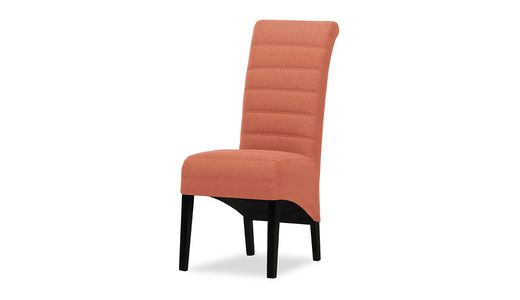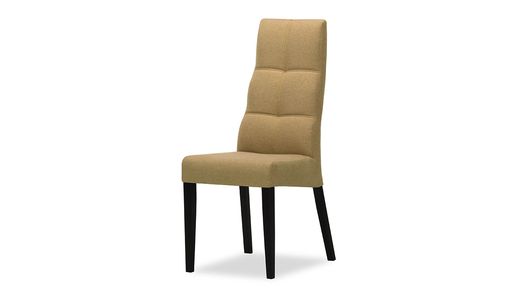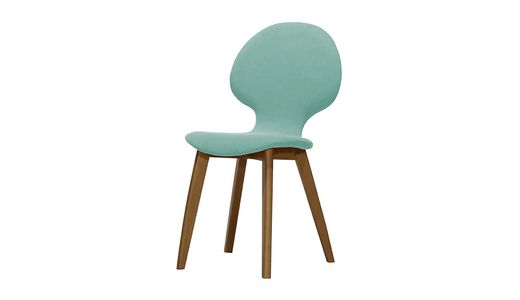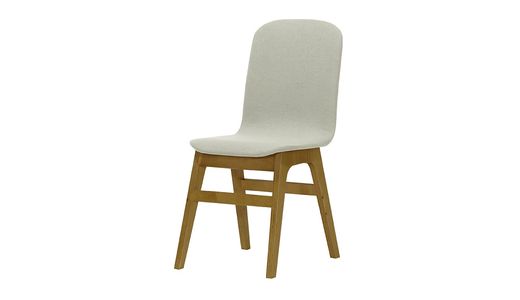
How to arrange the dining space in the kitchen?
The dining space in the kitchen is one of the most important places in the home - it's where we meet for meals, conversation and to spend time together. A properly planned dining room allows you to enjoy everyday moments while harmoniously combining functionality with interior aesthetics. Arranging this space in a thoughtful and comfortable manner can significantly enhance the quality of life of the household members, so it is worth taking a moment to choose the right solutions. Here are some key aspects to help create the perfect dining space in your kitchen.
Choosing the right table and chairs
A table and chairs are essential elements of any dining room. The choice of table should be tailored to the size of the kitchen and the number of people who will use it regularly. In small kitchens, extending or folding tables are ideal, allowing you the flexibility to increase the worktop space when guests arrive. In larger kitchens, it is worth investing in a sturdy, larger table that will become the focal point of the dining space. The material of the table also matters - wooden tables add cosiness, glass-topped tables optically enlarge the space, and metal tables go well with modern and industrial styles. Chairs, on the other hand, should be comfortable and suited to the height of the table, and their style and colour can contrast or harmonise with the rest of the kitchen design to create a cohesive or distinctive composition. You should also consider choosing chairs with removable cushions or upholstered chairs for added comfort.
Lighting
Lighting is a key element that can make a significant difference to the mood of the dining space. The focal point of lighting can be the pendant lamp over the table - it is worth choosing a model that is not only functional but also aesthetically pleasing, matching the style of the interior. The height of the lamp over the table is important - it should be high enough not to interfere with conversation, but low enough to illuminate the table surface well. Additional light sources such as ceiling spots, sconces or spotlights can add depth and character. LED lighting with adjustable intensity will allow you to adjust the mood to suit the occasion - from bright light during meals to more cosy lighting for evening gatherings. Light can also enhance your dining room décor, especially if you add details such as illuminated shelves or subtle lanterns.

Storage and organisation
Functional storage in a kitchen dining room keeps things tidy and maximises the use of space. Built-in dish cabinets, wall shelves or wine racks are just a few examples of solutions that can make organisation easier. In smaller spaces, make use of every nook and cranny - cutlery drawers with built-in organisers, cup racks mounted under cabinets or spice racks. In larger kitchens, it's worth creating a mini buffet or sideboard where you can store serving utensils and table setting accessories. With a well-planned storage space, you will not only find it easier to stay tidy, but you will also ensure that all the things you need are always close at hand.
Style and decoration
The style of the dining room décor should relate to the character of the kitchen and the entire house. Harmony in colours, materials and patterns will create a cohesive interior that will catch the eye and encourage you to spend time in it. It is worth thinking about elements that will add cosiness and individuality. Tablecloths, napkins, candle holders, vases of flowers or decorative plates on the table can introduce a decorative element that will attract the attention of guests. Paintings, recipe boards and spice sets in elegant containers are small details that add personality to the dining space. If space allows, it is worth putting up potted plants, which will not only warm up the interior, but also improve air quality and create a pleasant atmosphere.
Choosing the right dining chairs, such as the modern Mia chair and the Scandinavian Luie chair , can make a significant difference to the comfort and look of the space. The Mia chair is distinguished by its soft flexible foam seat and beech legs, which adds to its elegance and stability. The easy-to-clean upholstery will prove its worth in everyday use. The Luie chair, on the other hand, combines a bucket form with a comfortable cushion, while the turned wooden legs add a classic touch. Both models provide comfort and style, fitting perfectly in a variety of dining room settings.
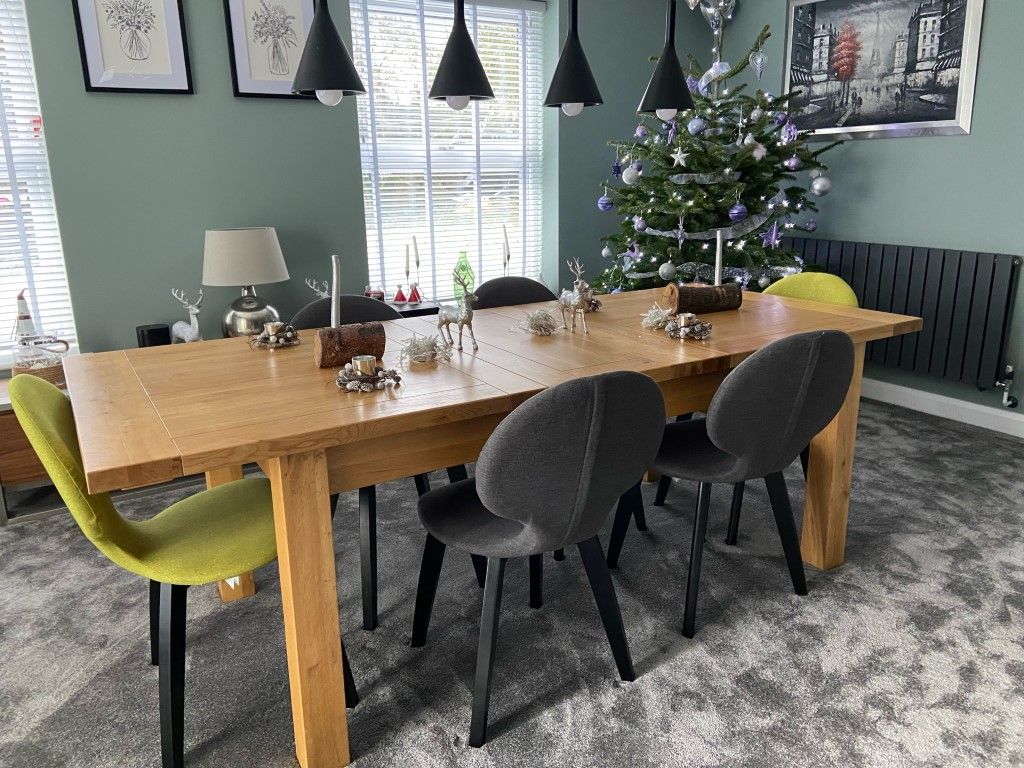
Convenient access
Convenient access to the dining space is key, especially if the kitchen has an open plan and connects to the living room. Ensure that the table and chairs are positioned to allow easy movement around them. The standard distance between the table and other elements of the kitchen should be around 90 cm, allowing for comfortable passing. It is also worth considering ergonomics in the layout, especially if the kitchen acts as a circulation area. Countertops and appliances should be easily accessible and any additional items, such as trolleys with accessories, can be mobile, making it easier to maintain flexibility in the dining room set-up.
Summary
Designing a kitchen dining space requires consideration of several important elements: the right choice of table and chairs, well-matched lighting, functional storage solutions, harmonious style and convenient access. A well-designed dining room is not only a place for dining, but also a space conducive to relaxation and integration of the household. A thoughtful approach to arrangement will create a space that is both beautiful and practical, becoming the heart of home life and a place where time is pleasantly spent.
